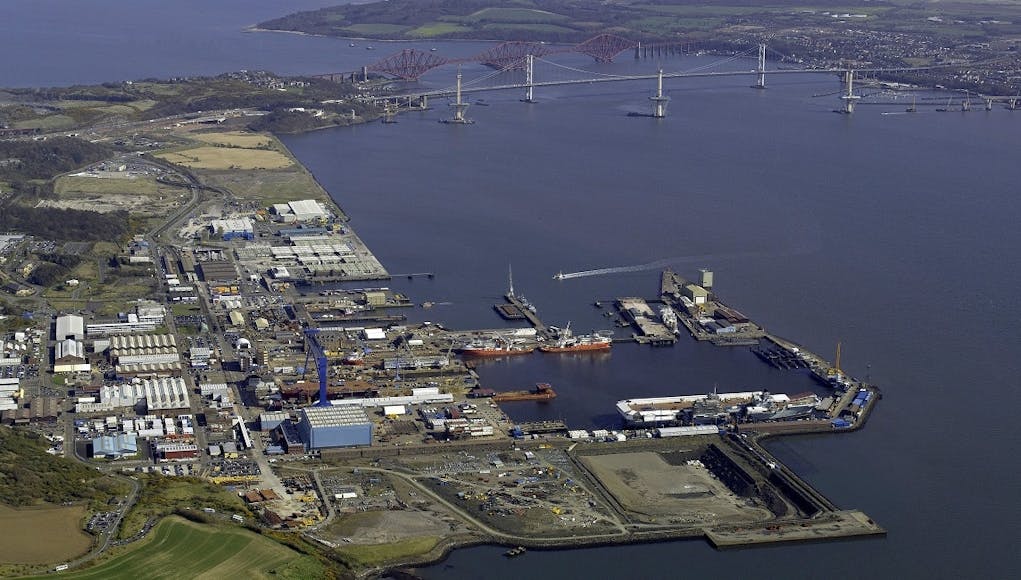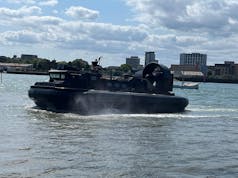The aim of Submarine Dismantling Project is to provide a ‘safe, environmentally responsible and cost effective solution’ for the dismantling of 27 of the UK’s de-fuelled nuclear powered submarines.
In June 2017 a Market Engagement Day was held to introduce SDP to the recycling market ahead of this stage of the project.
Details of this event are available here.
Initial dismantling on the first and demonstrator submarine HMS Swiftsure began in December 2016 at Rosyth dockyard.
The MoD say that the consultation documents have been updated to reflect the ministerial announcement in July last year that Capenhurst Nuclear Services has been selected as the interim storage site for Intermediate Level radioactive Waste.
According to the MoD:
“The SDP programme team will be exhibiting at the Nuclear Decommissioning Authority (NDA) Supply Chain Event on Thursday 2 November 2017 at Event City, Stretford, Manchester. They are keen to meet with industry to discuss forthcoming opportunities.”














It’s crazy to think that this has never been dealt with until now. I shudder to think how the Russia has been decommissioning its fleet which was 10 times the size.
I know I am being simple, but if the reactor is shielded why can they not cut it out and bury it a mile deep in a desert somewhere?
No man made container alone is strong enough to survive for the kind of time we are looking at. We vitrify it, which is when you put the nasty stuff in glass, so that it can’t escape. These blocks are then sent to New Mexico where they can be safely stored in the ground. It’s difficult to find locations that are going to be geologically stable for such a huge length of time (albeit a relatively short period in geological time). It’s not as simple as putting it deep underground anywhere it is cheap to do so. Also, lots of the places where it is safe to bury waste are used, and their owners are able to charge countries with nuclear waste a pretty penny for use of their facilities. This is all assuming it is even safe to cut the thing out of a sub in the first place.
sikinkorea.
The submarines have been defueled and the only radioactive left is due to the irradiation of the steels and deposits on the internal surfaces. These deposits have a half life of about 60 years so it is safer to let them stand for a few decades so that the people doing the dismantling will not be exposed to unnecessary irradiation in accordance with health and safety legislation. They are perfectly safe and well maintained. Please be patient.
I’d imagine all the ancillaries running from the reactor pipework vent shafts wiring etc is probably all irradiated, and I suppose the state of the reactor itself may make removal complex for each individual vessel
Maybe these are naive questions…
Is there any value to storing the hulls? They are, after all, very difficult to manufacture. Is it feasible that they could be refurbished, reengined and recommissioned in the event of sustained conflict?